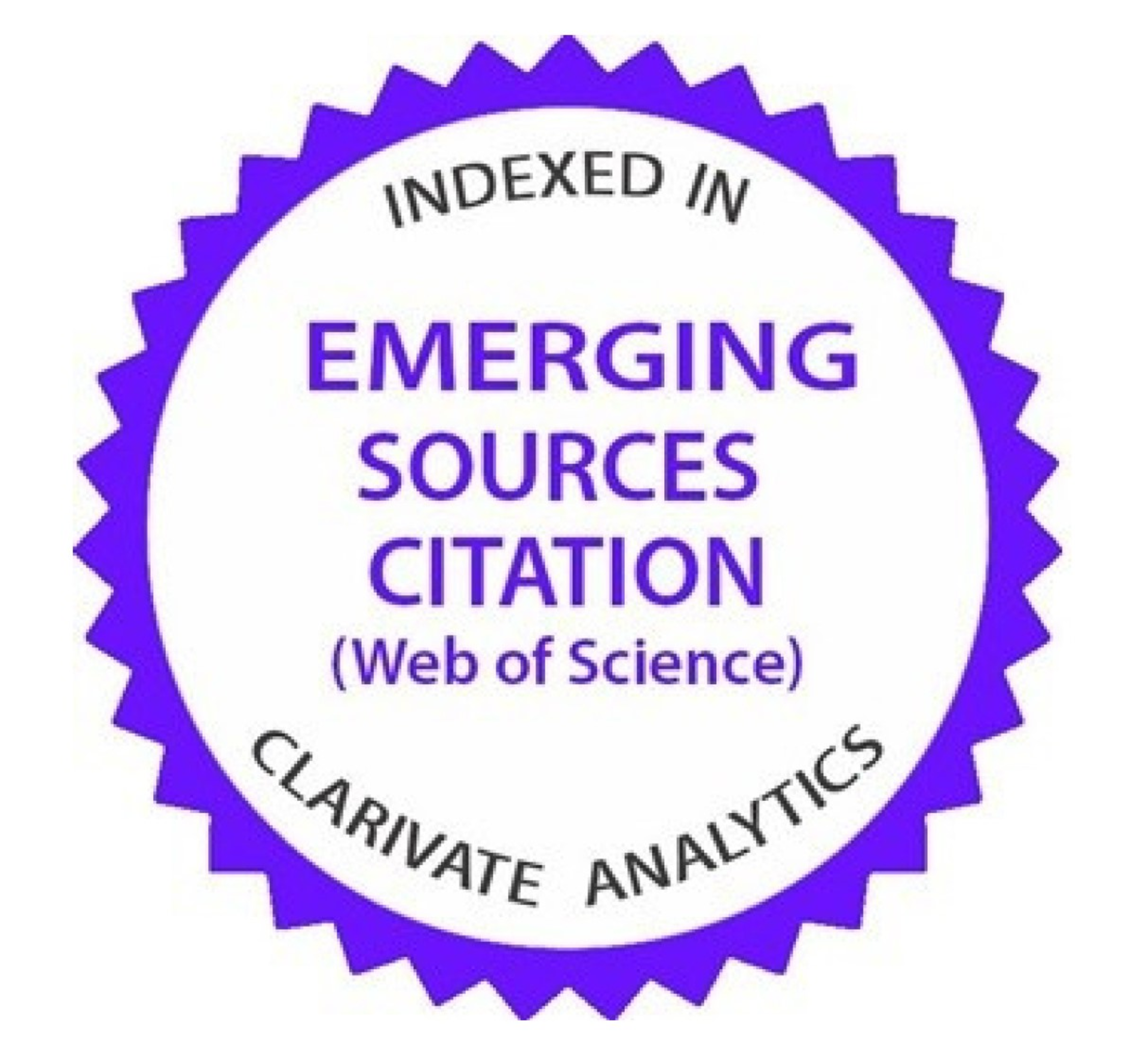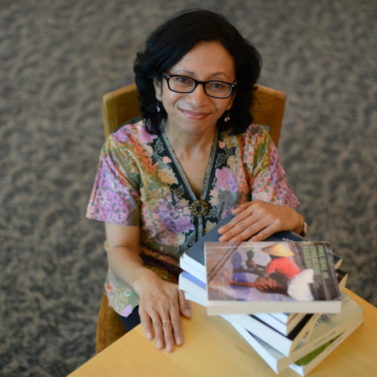Langkah strategis pengembangan indigenous tourism: Studi kasus di Kabupaten Kepulauan Selayar
Downloads
Aas C, Ladkin A & Fletcher J (2005) Stakeholder Collaboration and Heritage Management. Dalam: DJ Timothy (ed). Managing Heritage and Cultural Tourism Resources: Critical Essays. Farnham: Ashgate. 1-22.
Amoamo M & Thompson A (2010) (Re)Imaging maori tourism: Representation and cultural hybridity in postcolonial New Zealand. Tourist Studies 10(1):35-55.
Beeton S (2005) The Case Study in Tourism Research: A Multi-Method Case Study Approach. Dalam: BW Ritchie, P Burns, & C Palmer (eds). Tourism Research Methods: Integrating Theory with Practice. Wallingford: CABI. 37-48.
Burns P (2005) An Introduction to Tourism and Anthropology. London: Routledge.
Cukier J & H.d. Haas Hd (2000) Maori Involvement in Tourism in The Waikato Region. Dalam: J Cukier & E Dixon (eds). Tourism Resources, Impacts and Planning: Geographical Perspectives on New Zealand and International Tourism. Hamilton: Department of Geography University of Waikato New Zealand. 11-20.
Denzin NK & Lincoln YS (1994) Handbook of Qualitative Research (1st ed). Sage: London.
D'Hauteserre A-M (2010) Government policies and indigenous tourism in New Caledonia. Asia Pacific Journal of Tourism Research. 15(3):285-303. Dinas Kebudayaan dan Pariwisata Kabupaten Selayar. Brosur Pariwisata Kabupaten Kepulauan Selayar.
Dwyer T (2012) Sharing a Living Culture: The Guide's Role in Managing Maori Tourism Experiences. Future Times: 2.
Farrel B & Twinning-Ward L (2005) Seven steps towards sustainability: Tourism in the context of new knowledge. Journal of Sustainable Tourism 13(2):109-122.
Friel MM (2008) Heritage-Led Development of Rural Regions: A Case Study of South-Western Romania. Dalam: MJ Verbeke & GK Priestley (eds). Cultural Resources for Tourism: Patterns, Processes and Policies. New York: Nova Science. 111-124.
Goodwin H (2007) Indigenous Tourism and Poverty Reduction. Dalam: R Butler & T Hinch (eds). Tourism and Indigenous Peoples: Issues and Implications. Oxford: Elsevier. 84-94.
Gray B (1989) Collaboration Finding Common Ground for Multi-Party Problems. San Francisco: Josey Bass.
Griffin T (2002) An Optimistic Perspective On Tourism's Sustainability. Dalam R Harris, T Griffin & P Williams (eds) Sustainable Tourism: A Global Perspective. Oxford: Butterworth-Heinemann. 24-32.
Hall CM & Page SJ (2006) The Geography of Tourism and Recreation. London: Routledge.
Hassan F (2008). Heritage for Development: Concepts and Strategic Approaches. Dalam: F Hassan, A. d Trafford & M Youssef (eds). Cultural Heritage and Development in the Arab World. Alexandria: The Bibliotheca Alexandrina. 13-52.
Helmy E & C Cooper (2008) Sustainable Tourism Planning in the Arab World: The Egyptian Case. Dalam: F Hassan, Ad Trafford & M Youssef (eds). Cultural Heritage and Development in the Arab World. Alexandria: The Bibliotheca Alexandrina. 175-204.
Hinch TD (2004) Indigenous People and Tourism. Dalam: AA Lew, CM Hall & AM Williams (eds). A Companion to Tourism. Malden: Blackwell. 246-257.
Hinch T & Butler R (1996). Indigenous Tourism: A Common Ground for Discussion. Dalam: T Hinch & R Butler (eds). Tourism and Indigenous People. London: International Thomson Business Press.
Junaid I (2015) Sustainable tourism in Toraja: Perspective of indigenous people. Asean Journal on Hospitality and Tourism 14:45-55.
Marschall S (2012) Sustainable heritage tourism: The Inanda heritage route and the 2010 fifa world cup. Journal of Sustainable Tourism 20(5): 721-736.
Mason P (2003) Tourism Impacts, Planning and Management. Burlington: Butterworth-Heinemann.
McIntosh AJ, Zygadlo FK & Matunga H (2004) Rethinking Maori. Asia Pacific Journal of Tourism Research 9(4): 331-352.
Moscardo G (2003) Interpretation and sustainable tourism: Functions, examples and principles. The Journal of Tourism Studies 14(1):112-123.
Mowforth M & Munt I (2016) Tourism and Sustainability: Development, Globalisation and New Tourism in The Third World (4th ed). London: Routledge.
Panduan Wisata Kabupaten Selayar (Tanpa Tahun) Dinas Kebudayaan dan Pariwisata Kabupaten Kepulauan Selayar.
Ryan C (2005) Who Manages Indigenous Cultural Tourism Product-Aspiration and Legitimization. Dalam:C Ryan & M Aicken (eds) Indigenous Tourism: The Commodification and Management of Culture. Amsterdam: Elsevier. 69-74.
Richards G & Munsters W (2010) Developments and Perspectives in Cultural Tourism Research. Dalam: G Richards & W Munsters (eds) Cultural Tourism Research Methods. Wallingford: CABI. 1-12.
Saarinen J (2013) Indigenous Tourism and the Challenge of Sustainability. Dalam: M Smith & G Richards (eds) The Routledge Handbook of Cultural Tourism. New York: Routledge. 220-226.
Salazar NB (2012) Community-based cultural tourism: Issues, threats and opportunities. Journal of Sustainable Tourism 20(1):9-22.
Sarantakos S (2013) Social Research (4th ed). New York: Palgrave Macmillan.
Website Resmi Pemerintah Kabupaten Kepulauan Selayar [Diakses pada tanggal 19 November 2016]. http://kepulauanselayarkab.go.id/sejarah.php.
Sinclair D (2003) Developing indigenous tourism: challenges for the Guianas. International Journal of Contemporary Hospitality Management 15(3):140-146.
Sofield THB (1993) Indigenous tourism development. Annals of Tourism Research 20: 729-750.
Smith V & Eadington WR (1992) Tourism Alternatives. Chichester: Wiley.
Smith V (1996) Hosts and Guests: The Anthropology of Tourism (2nd ed.). Philadelphia: The University of Pennsylvania.
Verbeke MJ & Russo AP (2008) Heritage-Led Development of Rural Regions: A Case Study of South Western Romania. Dalam: MJ Verbeke, GK Priestley & AP Russo (eds) Cultural Resources for Tourism: Patterns, Processes and Policies. New York: Nova Science. 1-14.
Weaver D (2010) Indigenous tourism stages and their implications for sustainability. Journal of Sustainable Tourism 18(1):43-60.
Waitt G (1999) Naturalizing the "Primitive”: A critique of marketing Australia's indigenous peoples as "Hunter-Gatherers”. Tourism Geographies 1(2):142–63.
Williams S (2009) Tourism Geography: A New Synthesis. London: Routledge.
Copyright of this journal is possession of Editorial Board and Journal Manager, by the knowledge of the author, while the moral right of the publication belongs to the author.
The formal legal aspect of journal publication accessibility refers to Creative Commons Attribution-NonCommercial-ShareAlike (CC BY-NC-SA), implies that publication can be used for non-commercial purposes in its original form (cannot be modified).
Every publication (printed/electronic) are open access for educational purposes, research, and library. Other than the aims mentioned above, the editorial board is not responsible for copyright violation.
















